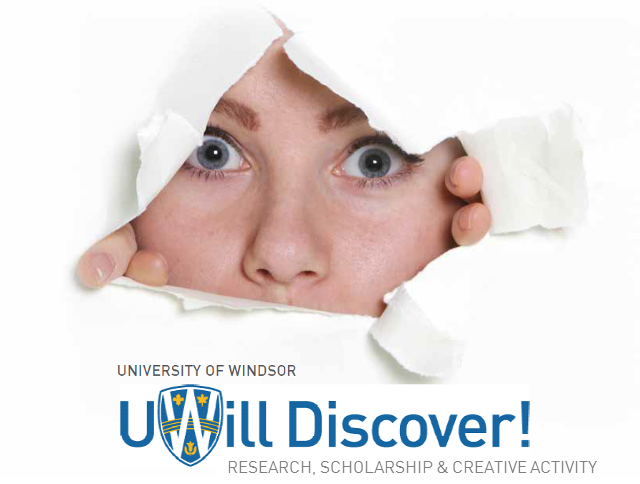Type of Proposal
Oral Presentation
Faculty
Faculty of Science
Faculty Sponsor
Dr.Lisa Porter
Proposal
Glioblastoma Multiforme (GBM) is the most common and most aggressive type of brain cancer, accounting for 12 to 15% of all intracranial tumours. With a median survival of three to six months for patients with recurrent GBM, there is an urgent need for advancements in the study, diagnosis, and treatment of GBM. Dynamic contrast-enhanced magnetic resonance imaging (DCE-MRI) is a method of non-invasive tumour analysis that can create a description of mechanical and fluid stress properties of a tumour. DCE-MRI has the potential to couple static mechanical descriptions of analyzed tumours to the flow and fluxes of the fluids in the tumour, thus generating a complete picture of the local stresses, pressure, and flows in and around an embedded tumour. By studying the expression of Vinculin and Hyaluronic Acid (HA), notable stress response markers, in the brain tumour sections; it is the aim of this project to establish protein signatures that correlate with DCE-MRI readings to provide a tool for more effective and detailed diagnosis of GBM. Furthermore, in order to study the tumour with its stress responses to changes in extracellular matrix pressures in a dynamic, three-dimensional setting, we employed brain tumour organoid (BTO) cultures. BTOs provide an in-vitro modelling method that more accurately represents in vivo tissue organization. Through control of microenvironmental factors which an organoid is suspended in, solid stresses can be manipulated and responses studied. As a result, the organoid model can reinforce characterization of cellular responses found when studying tumours. Preliminary results suggest that varying extracellular matrix stiffness results in quantifiable and correlated changes in invasion, aggressiveness and marker protein levels. Defying the local stress factors and their effects on tumour proliferation, aggressiveness marker expression and drug treatment response can help in designing better diagnostic tools and more effective therapeutic strategies.
Start Date
22-3-2018 10:55 AM
End Date
22-3-2018 12:15 PM
Location
Alumni Auditorium B
Grand Challenges
Viable, Healthy and Safe Communities
Role of Mechanical and structural properties of GBM microenvironment in tumour aggressiveness and therapy resistance
Alumni Auditorium B
Glioblastoma Multiforme (GBM) is the most common and most aggressive type of brain cancer, accounting for 12 to 15% of all intracranial tumours. With a median survival of three to six months for patients with recurrent GBM, there is an urgent need for advancements in the study, diagnosis, and treatment of GBM. Dynamic contrast-enhanced magnetic resonance imaging (DCE-MRI) is a method of non-invasive tumour analysis that can create a description of mechanical and fluid stress properties of a tumour. DCE-MRI has the potential to couple static mechanical descriptions of analyzed tumours to the flow and fluxes of the fluids in the tumour, thus generating a complete picture of the local stresses, pressure, and flows in and around an embedded tumour. By studying the expression of Vinculin and Hyaluronic Acid (HA), notable stress response markers, in the brain tumour sections; it is the aim of this project to establish protein signatures that correlate with DCE-MRI readings to provide a tool for more effective and detailed diagnosis of GBM. Furthermore, in order to study the tumour with its stress responses to changes in extracellular matrix pressures in a dynamic, three-dimensional setting, we employed brain tumour organoid (BTO) cultures. BTOs provide an in-vitro modelling method that more accurately represents in vivo tissue organization. Through control of microenvironmental factors which an organoid is suspended in, solid stresses can be manipulated and responses studied. As a result, the organoid model can reinforce characterization of cellular responses found when studying tumours. Preliminary results suggest that varying extracellular matrix stiffness results in quantifiable and correlated changes in invasion, aggressiveness and marker protein levels. Defying the local stress factors and their effects on tumour proliferation, aggressiveness marker expression and drug treatment response can help in designing better diagnostic tools and more effective therapeutic strategies.


